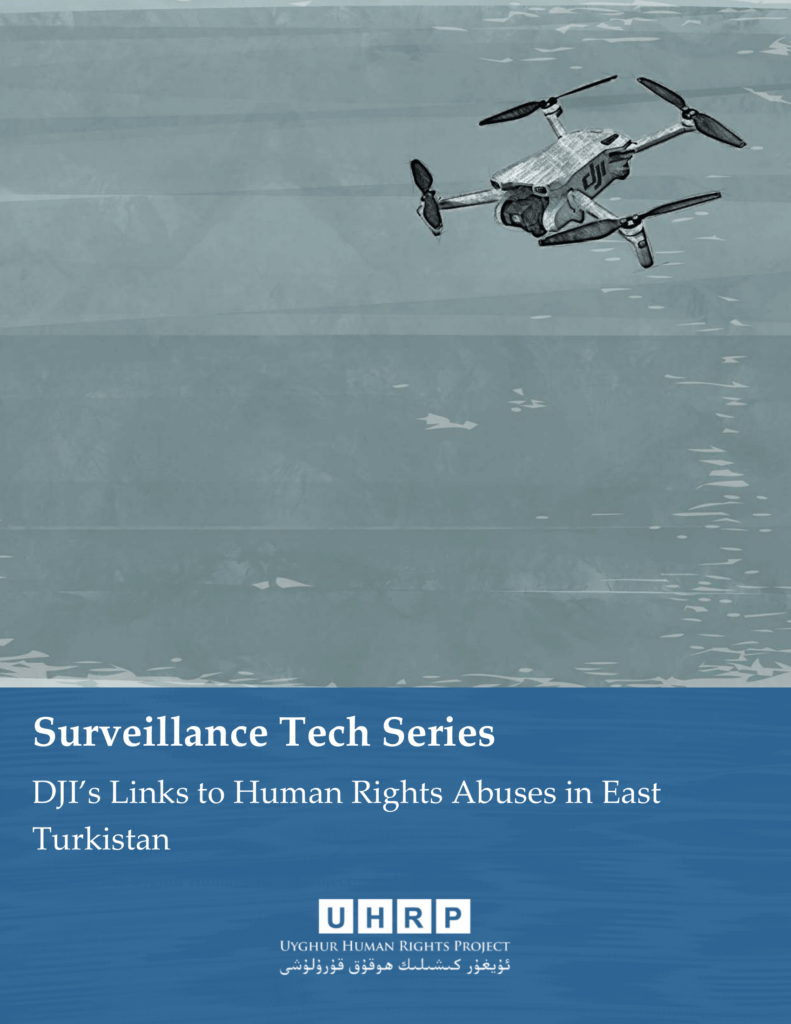The Chinese Government’s Misleading White Paper on the Human Rights Situation in East Turkestan

For immediate release
July 6, 2017 2:35pm EST
Contact: Uyghur Human Rights Project +1 (202) 478 1920
In June 2017, the Chinese government’s State Council Information Office (SCIO) released a white paper entitled “Human Rights in Xinjiang: Development and Progress.” The paper was released in the middle of Ramadan, a time when many human rights groups and reporters make note of the continuing strict curbs on the ability of Uyghurs to observe the holy month. These curbs include preventing minors, university students, officials, and public employees from participating in the fast, forcing restaurants to remain open and increasing security measures in the already highly securitized region.
This white paper is the latest in an increasing number of SCIO white papers that have been published on the subject of East Turkestan. As part of the External Propaganda Leading Group, SCIO’s publications are addressed to a foreign audience; human rights was the subject of the first Chinese white paper, published in 1991, in the wake of worldwide condemnation of the Tiananmen Square Massacre. Refuting criticism of the Chinese government’s track record on human rights has been a high priority ever since. Thus far fifteen white papers on the topic of human rights have been published, not including one criticizing the human rights situation in the United States in 2001.
It was not until 2003 that the SCIO published its first white paper on the topic of the XUAR, entitled “History and Development Xinjiang.” Thus far six papers addressing the subject of Xinjiang have been published, with the pace picking up to one a year since 2014. The increased pace of publication on the subject suggests it is of increasing importance to the Chinese government.
“Human Rights in Xinjiang: Development and Progress” continues the themes laid out in previous SCIO white papers about human rights, emphasizing material conditions and economic growth as key evidence of an improving human rights situation. The 1991 human rights white paper begins with this point, stating “it is a simple truth that, for any country or nation, the right to subsistence is the most important of all human rights, without which the other rights are out of the question.” In this way rights to religion, free expression, fair trials, and other civil rights are deemphasized.
Despite the claims made in “Human Rights in Xinjiang: Development and Progress,” China’s rights record falls short of international human rights standards. The claims should be regarded with skepticism until independent media and UN Special Rapporteurs are allowed into the region to investigate them.
A Uyghur Human Rights Project briefing by Nicole Morgret. Download the full briefing in English here.
FEATURED VIDEO
Atrocities Against Women in East Turkistan: Uyghur Women and Religious Persecution
Watch UHRP's event marking International Women’s Day with a discussion highlighting ongoing atrocities against Uyghur and other Turkic women in East Turkistan.



